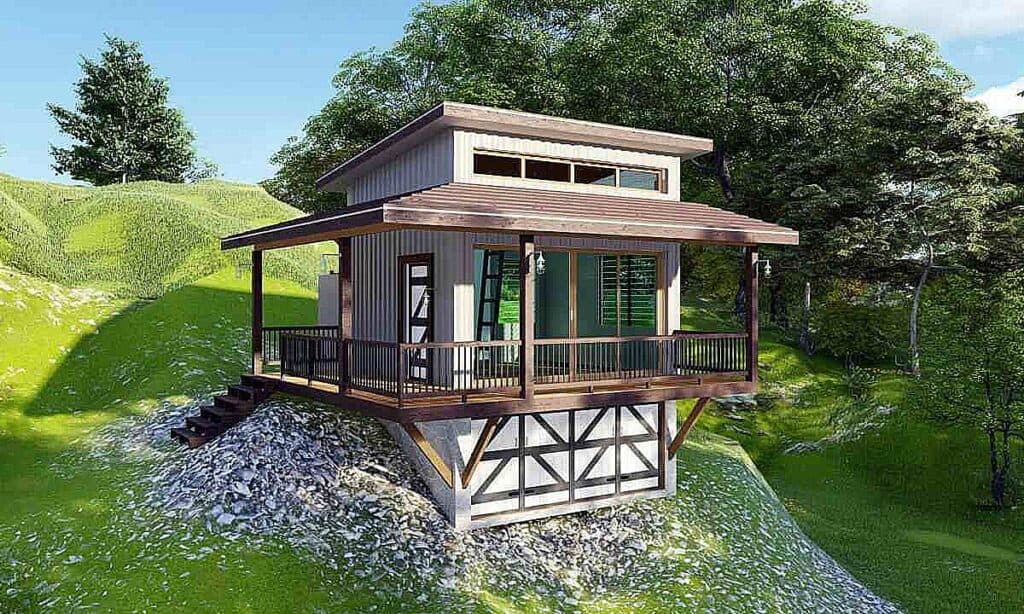
“I am basically a prepper and have been fascinated watching Tiny House, Big Living on TV. I wanted something basic, not focused on the structure, but rather on the environment around it. I am fortunate to live in an area still ‘wild’ with mountain springs, a cave, waterfalls, ravines, civets, monkeys, and the Philippine jungle fowl or labuyo. At night you can still see fireflies and the moon so bright,” shares lawyer Bernard Mayo on his pandemic project, a steel hut up in the mountainous area of Balkon in Batangas.
A prepper is a survivalist, someone who prepares to be self-sufficient in the event of a catastrophe.
If the site is up in the mountains, there are definitely challenges during construction. You would expect all sorts of 4×4 trucks hauling the materials. Most probably, there were, but only to a certain point as roads may narrow down or become too steep for trucks to pass.
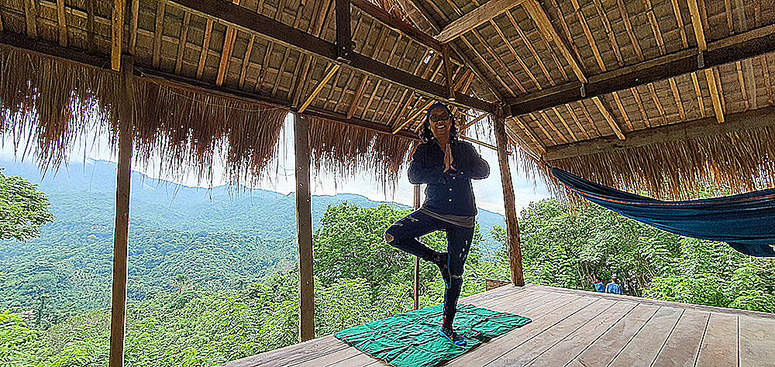
Bringing materials all the way to the cabin location is a gentle-looking burikoy that looks nothing like a workhorse! A burikoy is a native horse, and Quiracho was bought in Lobo, Batangas where these four-legged helpers carry crops all the way to the mountainous area.
Mayo clarifies, “Materials were sourced from local suppliers and from around the area. We are about 380 meters above sea level so, in the beginning, the challenge was to haul materials from below—which were done manually and by horse. We did not have enough water storage so it was also difficult to mix cement. Hopefully, we now have enough water to last us through the dry season.”
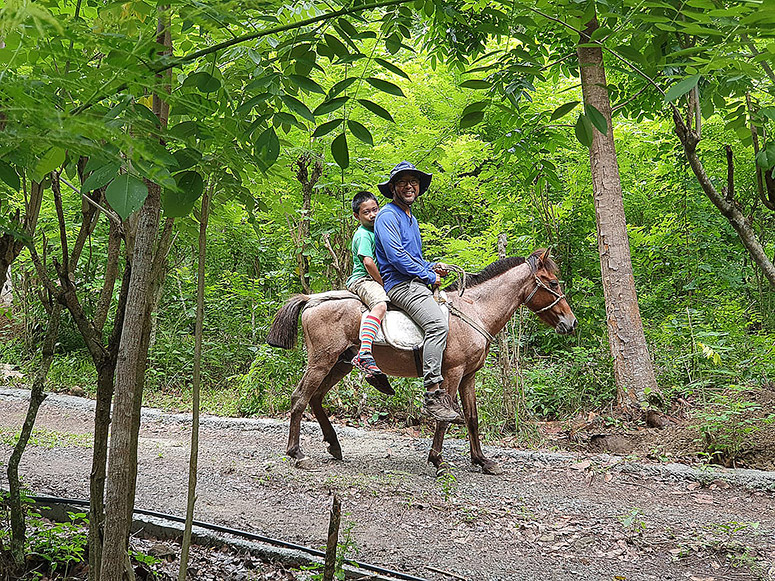
He commissioned architect Nico Gutierrez in designing the steel-framed hut with balconies on three sides, complete with water catchment feature. The rainwater that it catches is used for general cleaning. “The water here is free and maintained by an informal association, and delivered by series of PE pipes from the springs at the top of Mt. Banoy. The contractor had his own workers from nearby areas but we also got locals to help with construction,” explains Mayo.
When Typhoon Quinta struck in October last year, it destroyed the bridge leading to their barangay and the residents experienced power outage. This reinforced Mayo’s initial apprehension in building a house on a hilltop. He further discloses, “Residents here need to be prepared to be isolated for short periods of time and be self-sufficient. You also need to store enough food as there is no food delivery here. We have local chicken, vegetable farms and backyard pig farms, though. We have ample firewood as fuel source.”
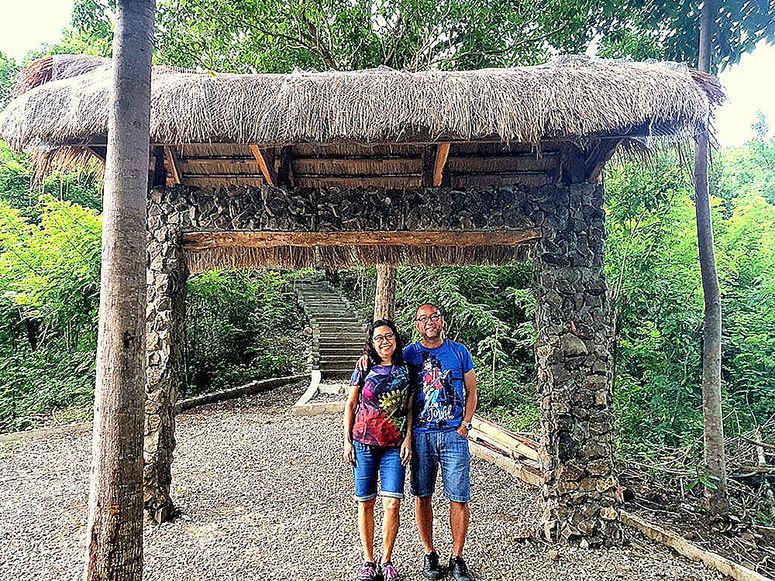
If the ease of rebuilding the lightweight bahay kubo is the secret to its longevity, then the survivalist who sets steel permanently on a property hundreds of meters above sea level can guarantee safety in times of crisis. Case in point: the ongoing pandemic and probably another global crisis in the future.
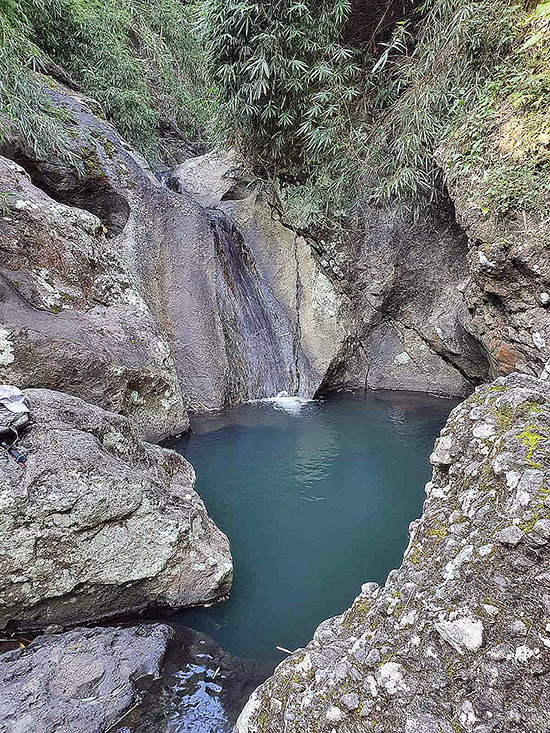
(This is the second of two columns on structures made of huts. You may read the first one, It’s a Hut Topic, here.)
Article and Photo originally posted by Property Report Ph last April 23, 2021 and written by Nikki Ann Pascual.







More Stories
Weekend wanderer: This walk in Manila is a trip to art and to our past
Enjoy no-frills camping in the great outdoors in Tanay
Landco Pacific raises the bar for premium resort and leisure living